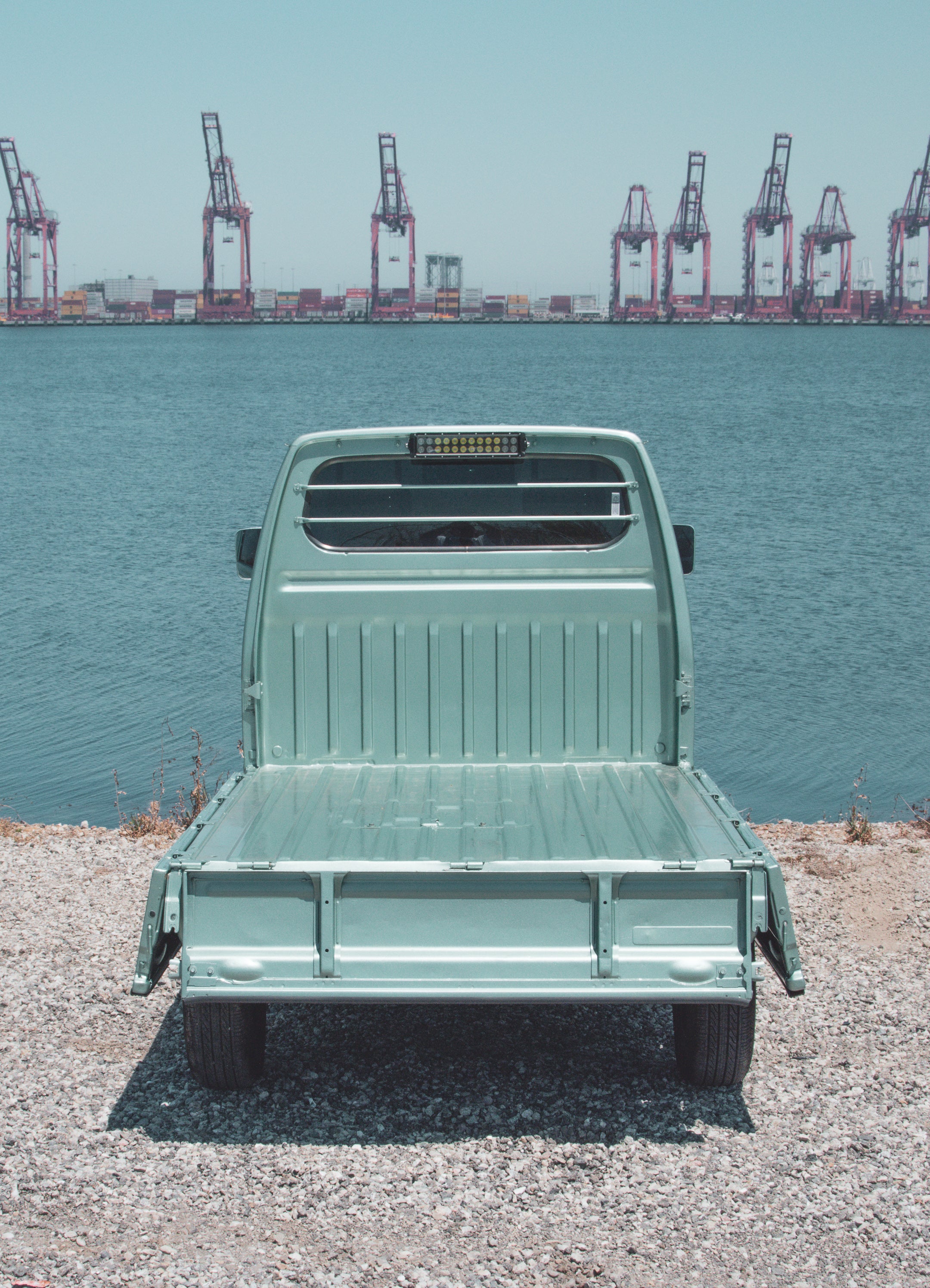The Grand Theatre of Vehicular Evolution
In the grand theatre of vehicular evolution, one might expect that size has always been synonymous with power and prestige. Yet, in the bustling streets and serene countrysides of Japan, a different protagonist has emerged: the kei truck. These pint-sized powerhouses are not just vehicles; they are cultural icons, economic workhorses, and, believe it or not, a statement of understated rebellion against the tyranny of size.
The Kei Truck Chronicles: A History of Compact Utility
To truly appreciate the kei truck, one must first journey back to post-war Japan. The country, facing an economic rebuild, sought a practical solution for transportation that was both efficient and affordable. Enter the kei truck, a category of small, light automobiles defined by their minimal dimensions and engine size—an engineering marvel that proved you don't need to be big to be mighty.
Kei trucks, often affectionately referred to as "kei-toras," are the embodiment of Japanese ingenuity. With their 660cc engines, they might not win a drag race, but they excel in navigating the narrow alleyways of Tokyo or the rugged terrains of rural farmlands. Their utility is unmatched, serving roles from delivery vehicles in urban settings to mobile vending stalls offering everything from fresh produce to piping hot ramen.
The Surprising Appeal of Kei Trucks
Now, you might be wondering, "Why would anyone want these diminutive vehicles in a world obsessed with SUVs and trucks that resemble small countries?" The answer lies in their unique charm and practicality. Kei trucks are the Swiss Army knives of the automotive world. Need a vehicle that can handle a payload without demanding a second mortgage? Look no further. These vehicles offer the perfect blend of cost-efficiency and functionality.
Moreover, kei trucks have transcended their utilitarian roots to become a canvas for personalization. In Japan, it's not uncommon to see these trucks adorned with vibrant paint jobs, custom modifications, and even elaborate art installations. They've become so popular that enthusiasts worldwide have begun importing them, making the kei truck a global sensation, albeit a tiny one.
Environmental Impact: Small is the New Green
In an era where climate change headlines are as common as cat videos, the environmental benefits of kei trucks cannot be overstated. These vehicles sip fuel daintily compared to their gas-guzzling counterparts, producing fewer emissions and offering a greener alternative for small businesses and individuals alike. In regions where environmental regulations are tightening, the kei truck stands as a beacon of sustainable automotive design.
The Future of Kei Trucks: A Global Phenomenon?
As the world grapples with the realities of urbanization, congestion, and environmental degradation, the kei truck presents a compelling case for rethinking our transportation priorities. While they have yet to dominate Western markets, a growing cult following suggests that these beloved vehicles could soon find new homes on different continents. Already, enthusiasts in the United States have begun importing kei trucks, attracted by their affordability and quirkiness.
In conclusion, the kei truck is more than just a small utility vehicle; it's a testament to the power of innovation in addressing societal needs. As we continue to search for efficient, eco-friendly transportation solutions, perhaps it's time to take a page from Japan's book and embrace the kei truck—a tiny giant that's redefining what it means to be a vehicle.
So next time you're stuck in traffic behind a behemoth of a truck, imagine a nimble kei truck zipping around it, proving that sometimes, less truly is more.

